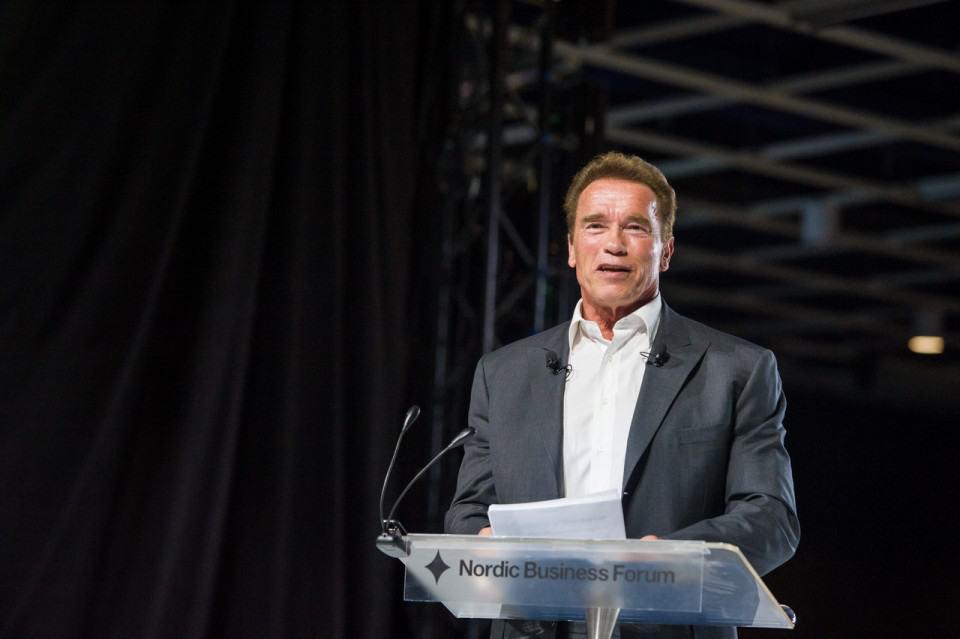17Feb2015
After spending thousands of hours inside a wide variety of companies, I’ve learned that the single biggest barrier to improving the capability of an organization is the way we think about the design and management of work.
Changing the way of thinking can be considered challenging. It requires accepting that there’s something wrong with the way you currently think about the design and management of work. Organizations, government, and educational institutions might have misguided managers to think in ways that are less than optimal.
You might recognize this: The organization is a top-down hierarchy where work is designed in functional specialisms. Decision-making is separated from work and it’s only considered a management duty. When making decisions, managers often use measures of budget, activity, productivity, standards and the like. Managers believe their job is to manage budgets and manage people. Most organizations are designed and managed in this way. The news is, this thinking doesn’t work very well. Luckily, there is a better way.
Why do we teach this thinking? Because it worked originally. It is the thinking that was used in mass production and at the turn of the century it led to a quantum leap in performance. Our problem is we have not continued to learn. We invented the current management thinking and we have assumed it to be unsurpassable. Yet it has been surpassed.
Learning the better way begins with taking a different perspective – an ‘outside-in’ perspective – you look from the customers’ point of view how your organization looks like.
When you look from the ‘outside-in’ perspective, you always find out how unproductive your organization is. This sometimes alarming damage to productivity results again from the way the organization is designed and managed. Measures are related to functions and managers of those functions need to meet targets, the parts achieve their goals at the expense of the whole.
While we might think of work as being managed and controlled through functional top-down hierarchies, in practice, work ‘flows’ through an organization. Functional design and measurement always disturb flow. That is why learning to manage flow is a key to improving performance. The first step to managing flow is to think of your organization as responding to customer demands. Think of it this way: If you could understand the ‘valuable’ work at every point of transaction – the things that really matter to the customer – and do that and only that, your service would improve and you would be more efficient. Why? Because you get rid of the waste: good service always costs less – a concept many managers struggle with.
To improve the capability of your organization, it’s essential to understand and manage your organization as a system, to understand how the parts work together to achieve the aim. This means understanding how work flows from and to the organization’s customers. The paradox is that this is the starting point for improving your capability to understand that your current organization is a system, regardless of how you currently manage it.
While we have learned to think of our organizations as top-down hierarchies, they often don’t look like that to our customers. If you assume (as I do) that the purpose of any organization is to get and keep customers, to take the customers’ view of an organization leads to a different and more productive set of problems to address. When managers learn to think and work outside-in, the result is always significant improvement in revenue,service and efficiency.
Hermanni Hyytiälä works as a Principal Consultant at Reaktor. His ambition is to change the way our organizations are designed and managed. Hermanni Hyytiälä in Twitter: @hemppah


